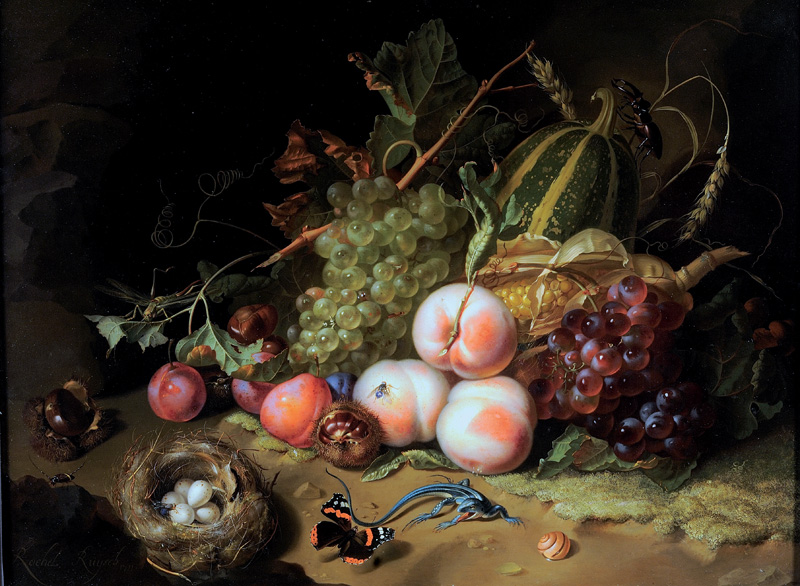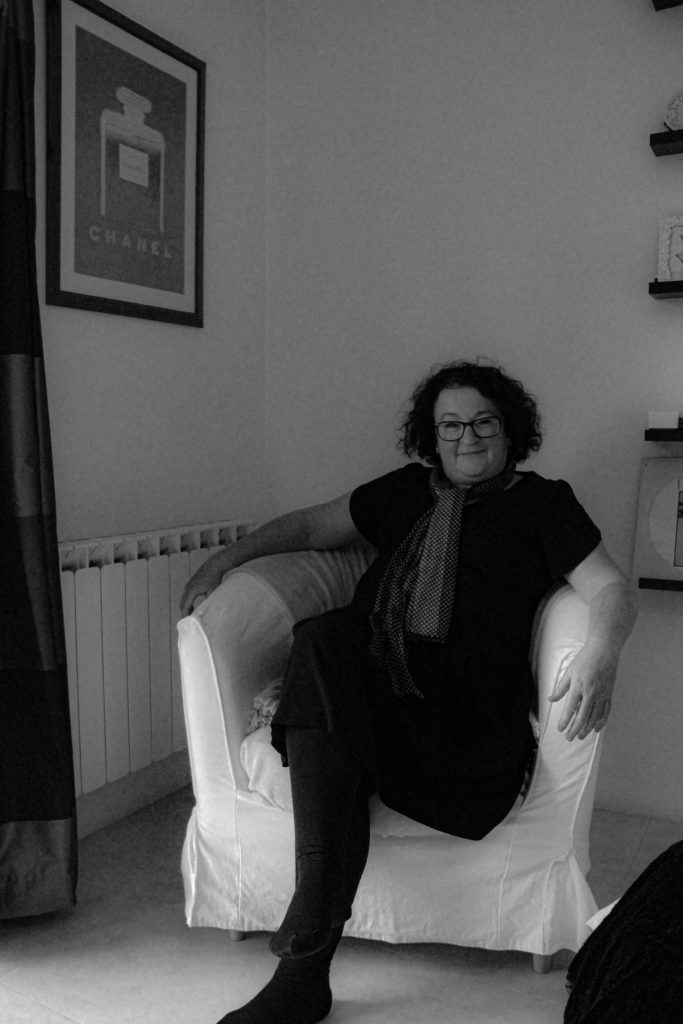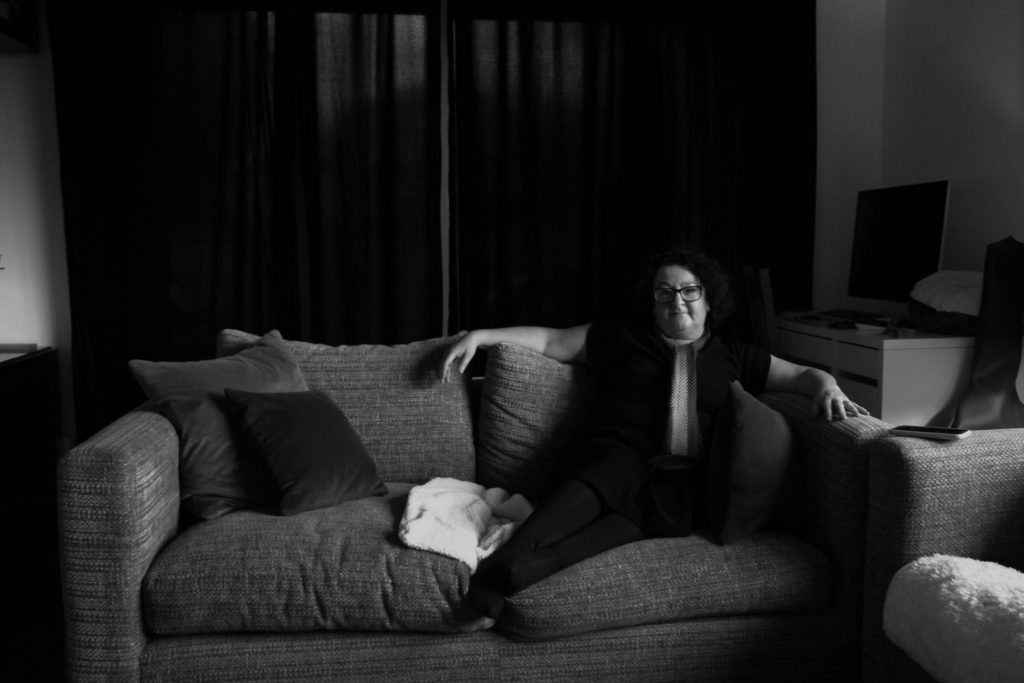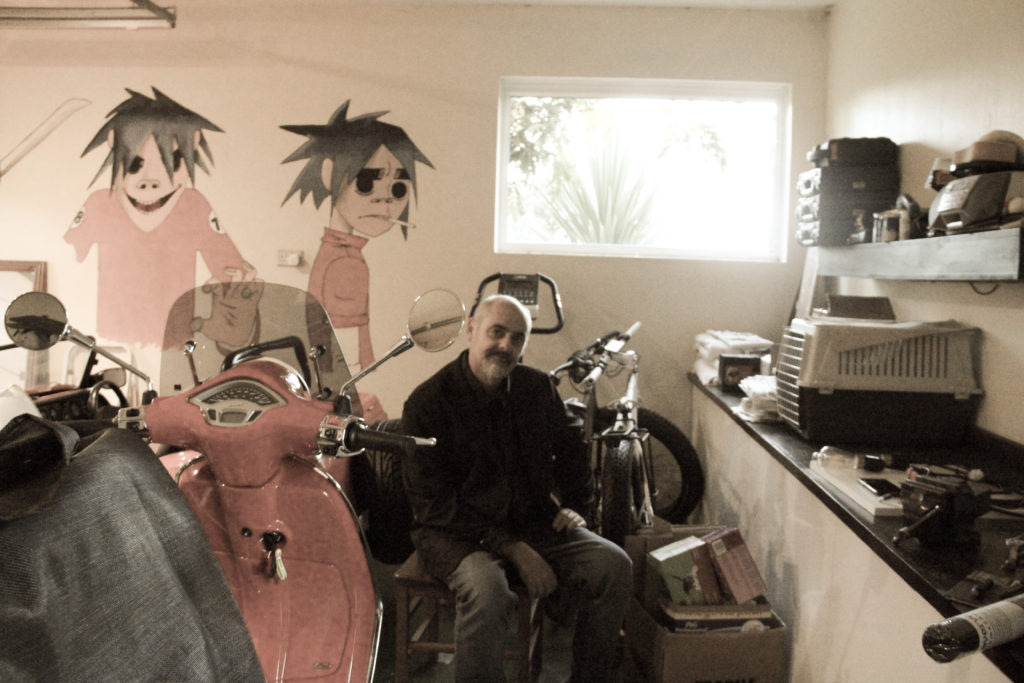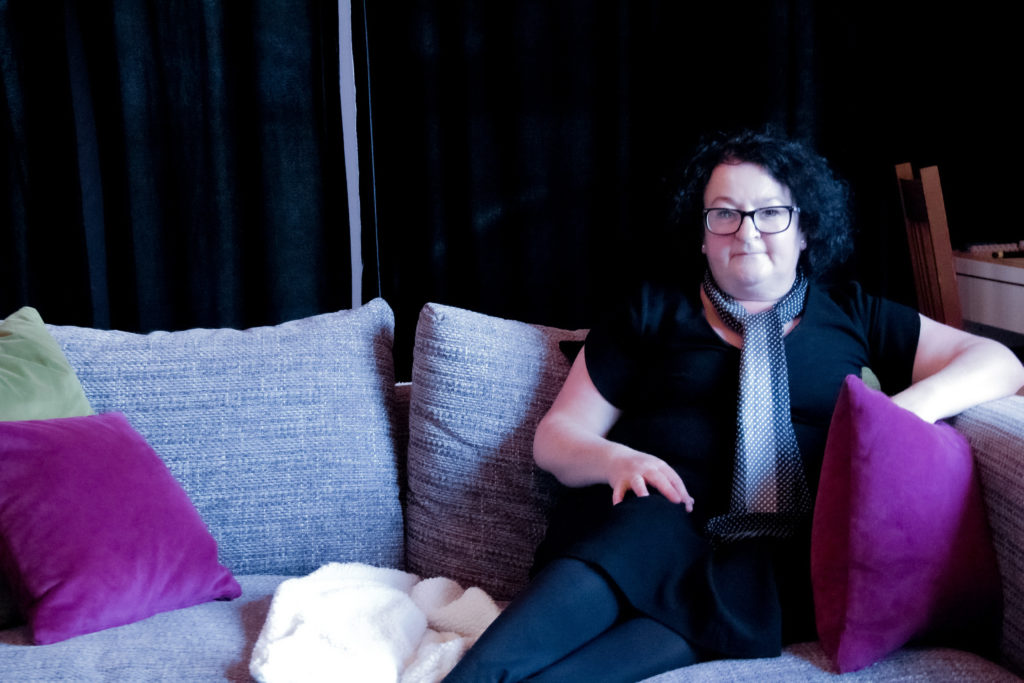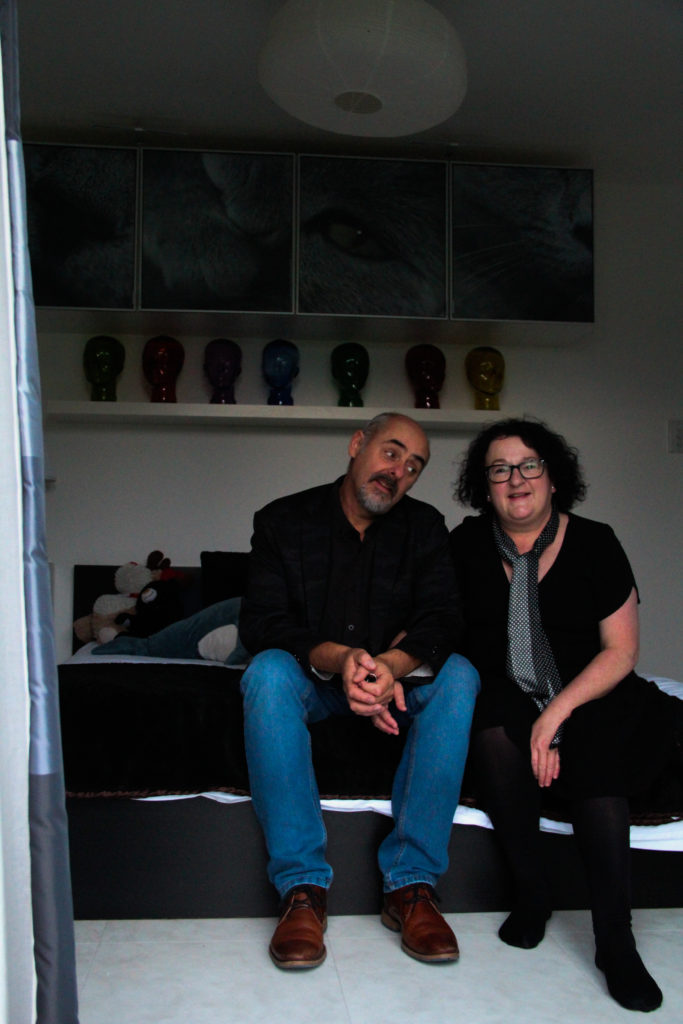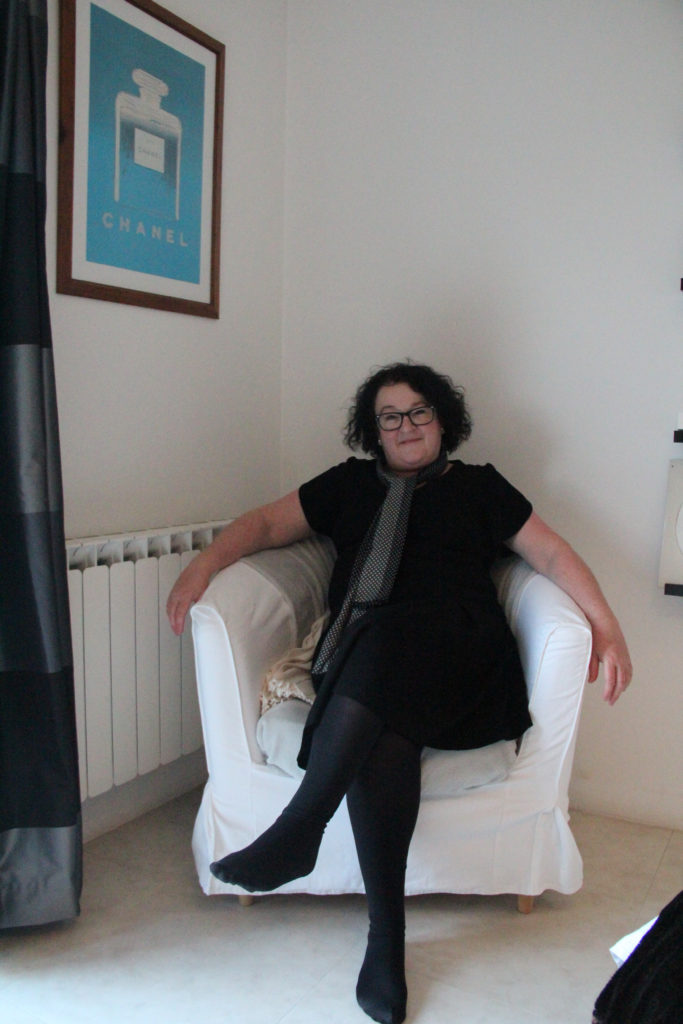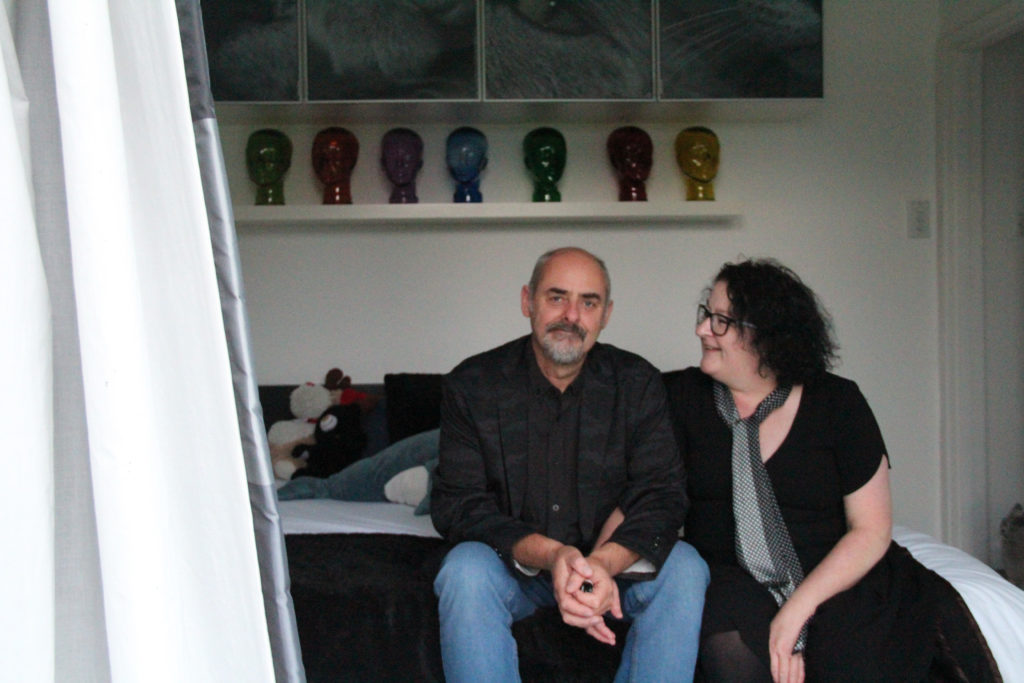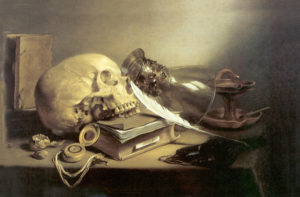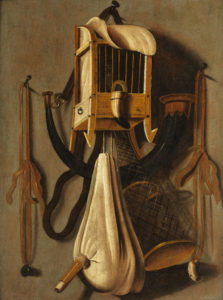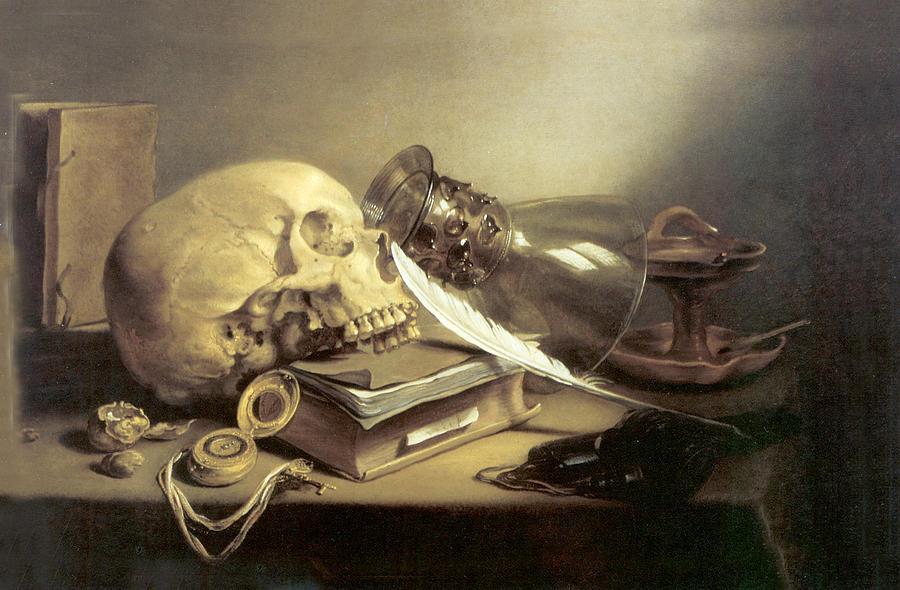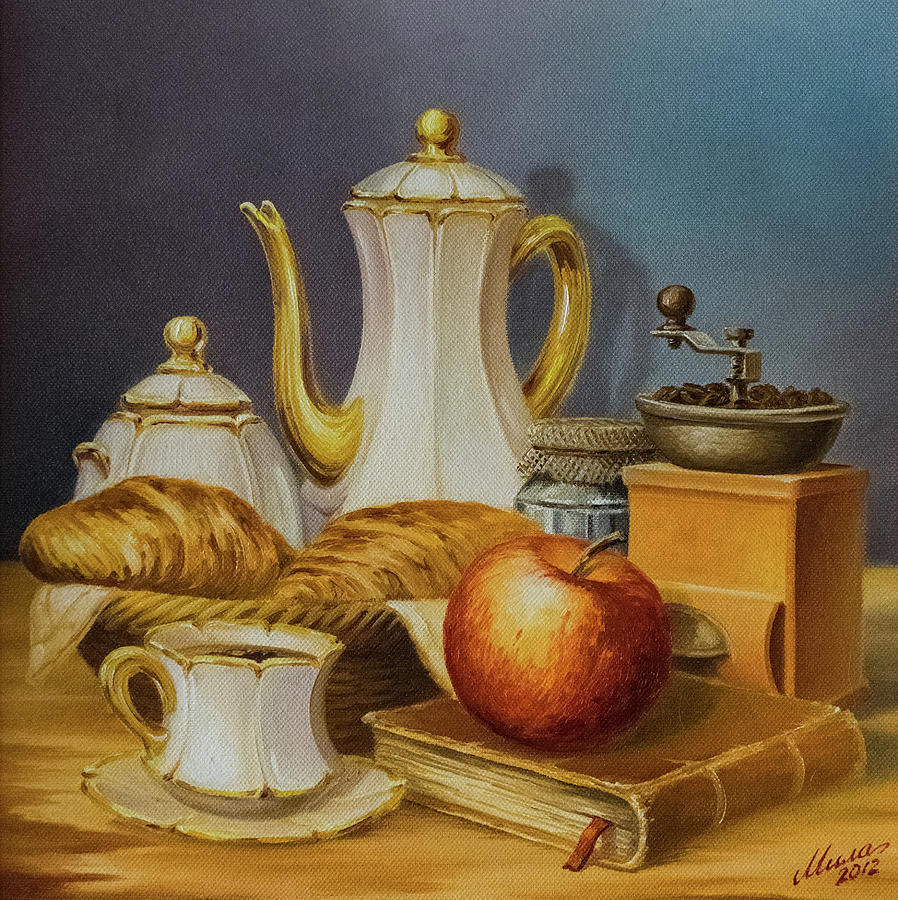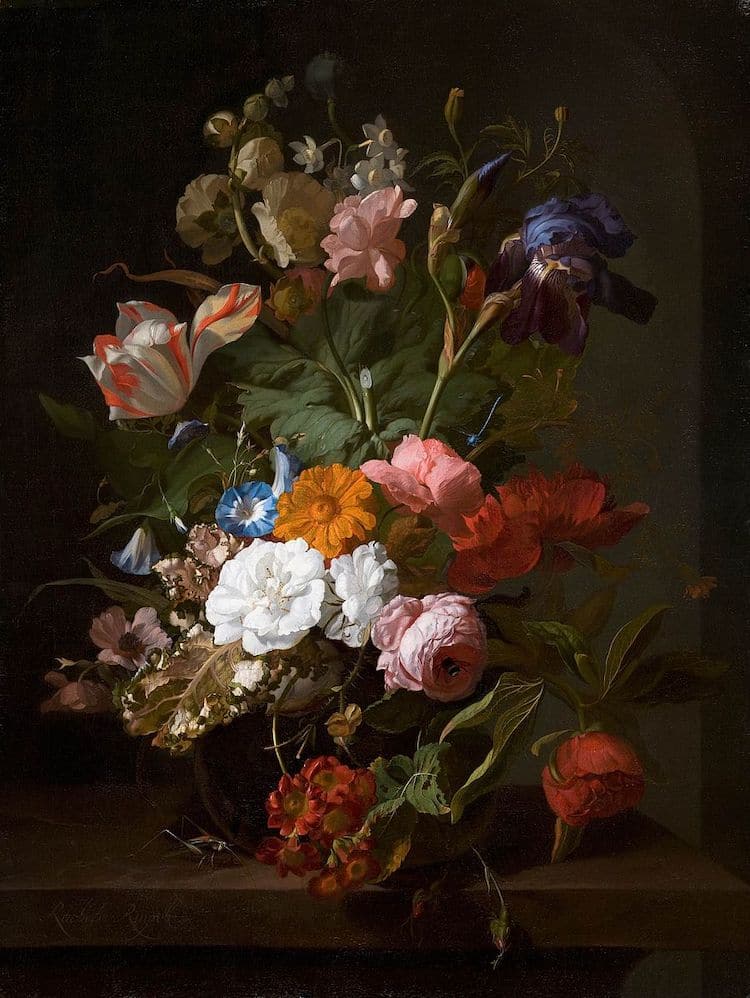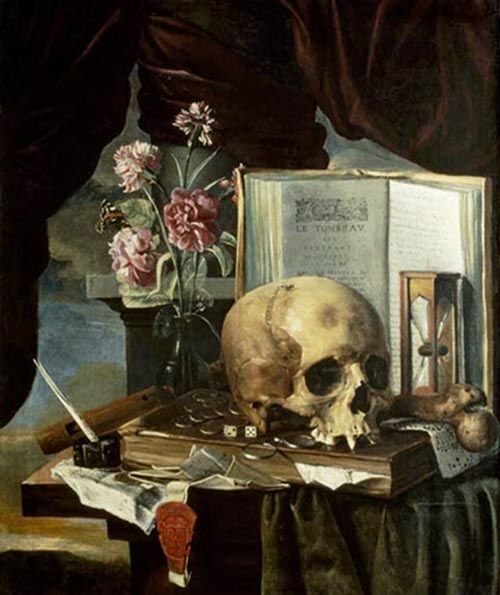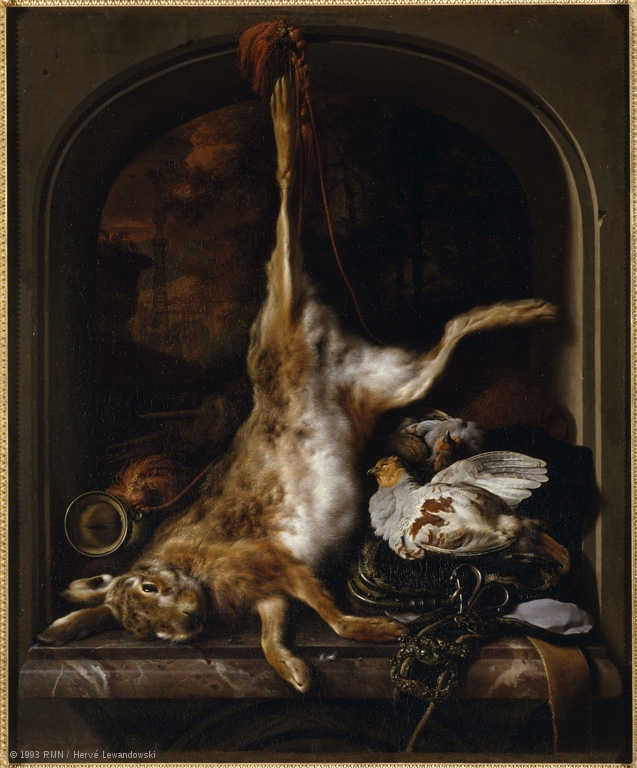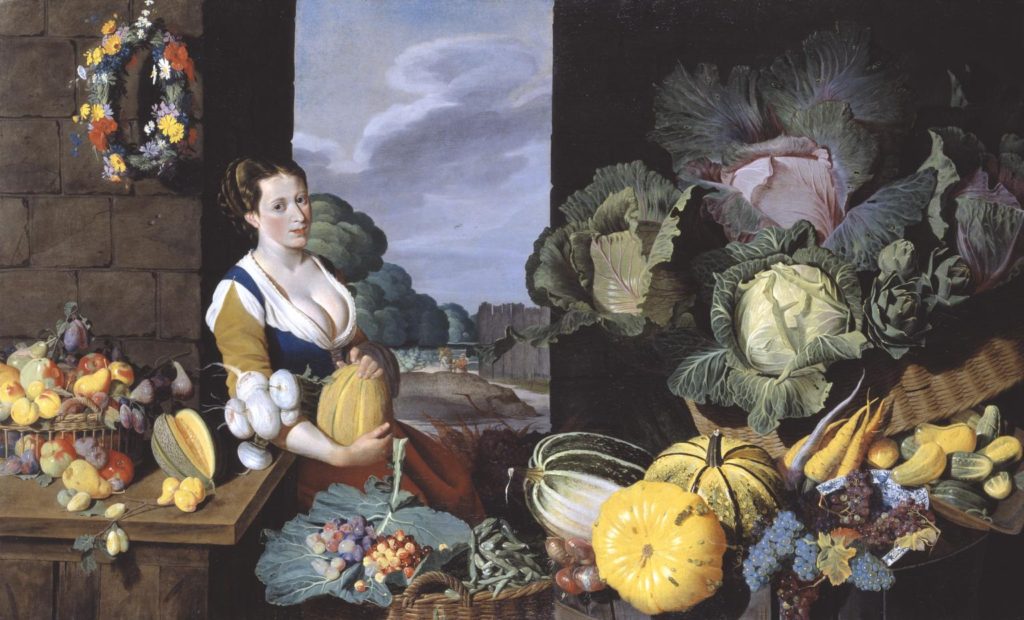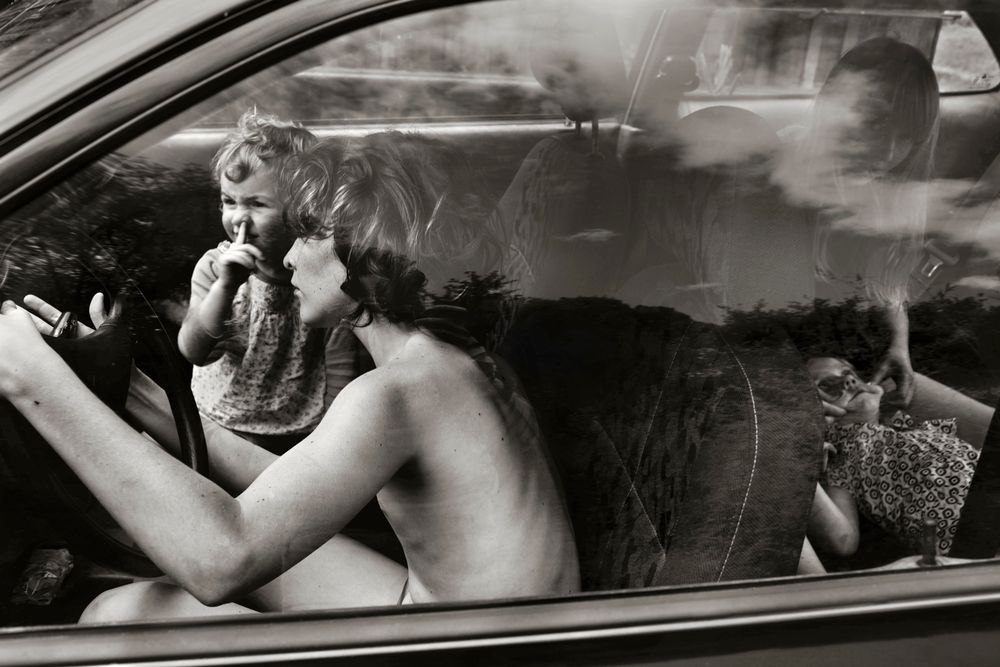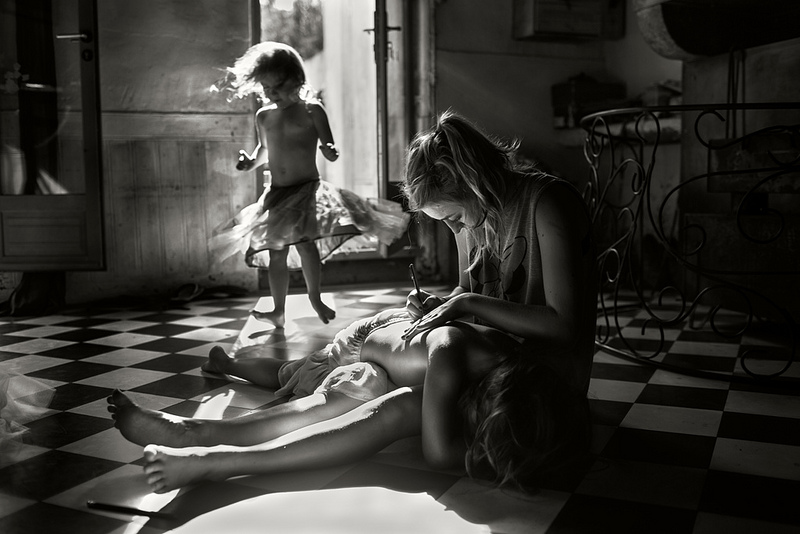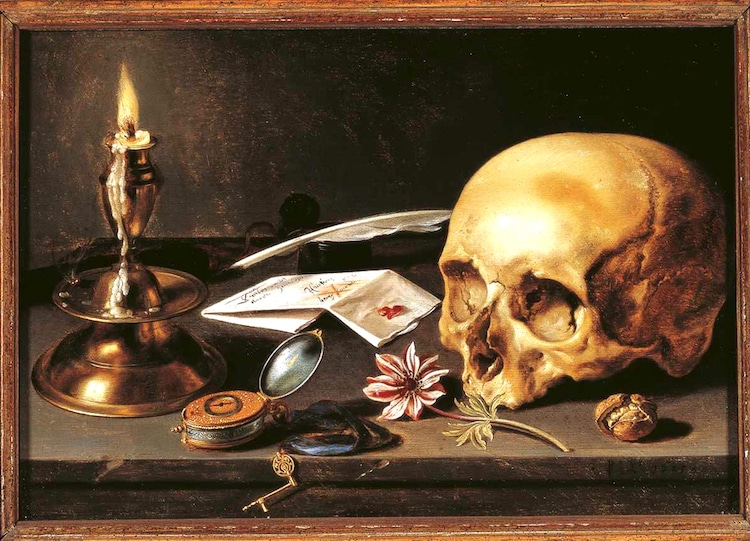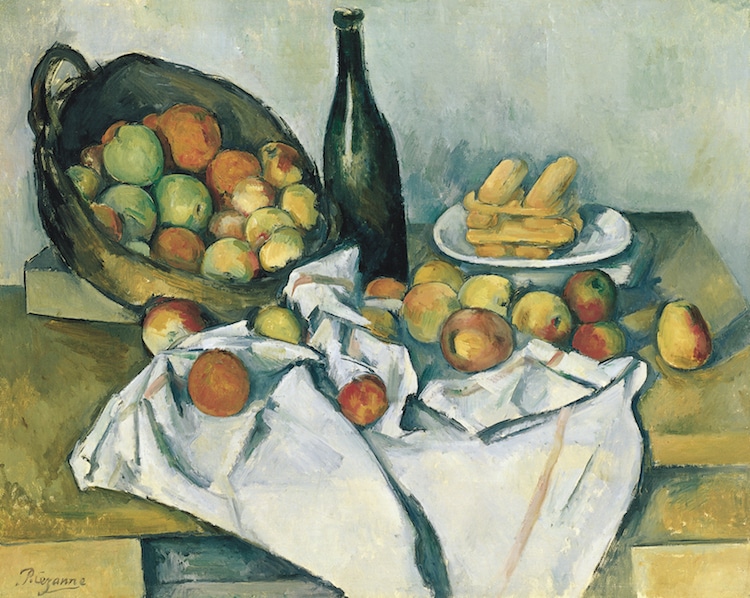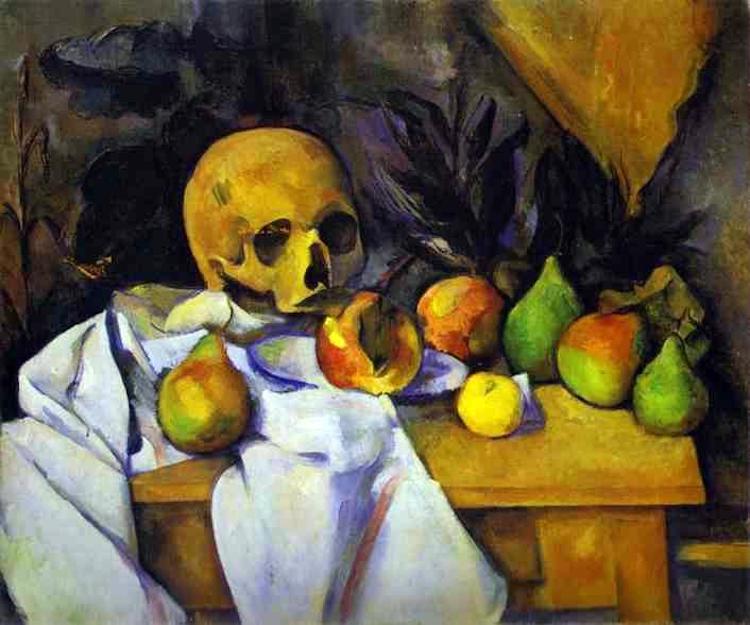Still life images is a work of art that where the subject of the image is either natural (food, flowers, animals, plants, etc) or man-made (glasses, books, jewelry, etc). Still life allows artists to have a lost of freedom and to experiment and rearrange objects of the image.
Many of the first and original idea of still life paintings are found in the ancient Egyptian tombs and monuments. These paintings give an insight to the life and events happening during these times. But also images drawn in the tombs of those who had died, had objects drawn so they could take them to the afterlife and have. The drawings weren’t a piece of artwork for the Egyptians they had a functioning purpose in their beliefs. The images on the walls are known as relief’s which is a drawing/painting carved into the walls, normally in the colors; blue, black, red, green and gold.

Along with the Egyptians, cavemen also use to draw onto the walls and ceilings of their caves, they did this up to 40,000 years ago. Their paintings include simple shapes, such as large wild animals (horses, deer, bison) as these animals were hunted down by the cavemen as a source of nutrition. However, the drawings of humans were rare and and weren’t as detailed as the drawings of the animals. The images include pigments of red, yellow and charcoal or even by using rocks to indent the walls. It is said that some of the drawings were made by blowing pigment onto the wall through a homemade pipe of some sorts into the center and then being decorated by lines and dashes.
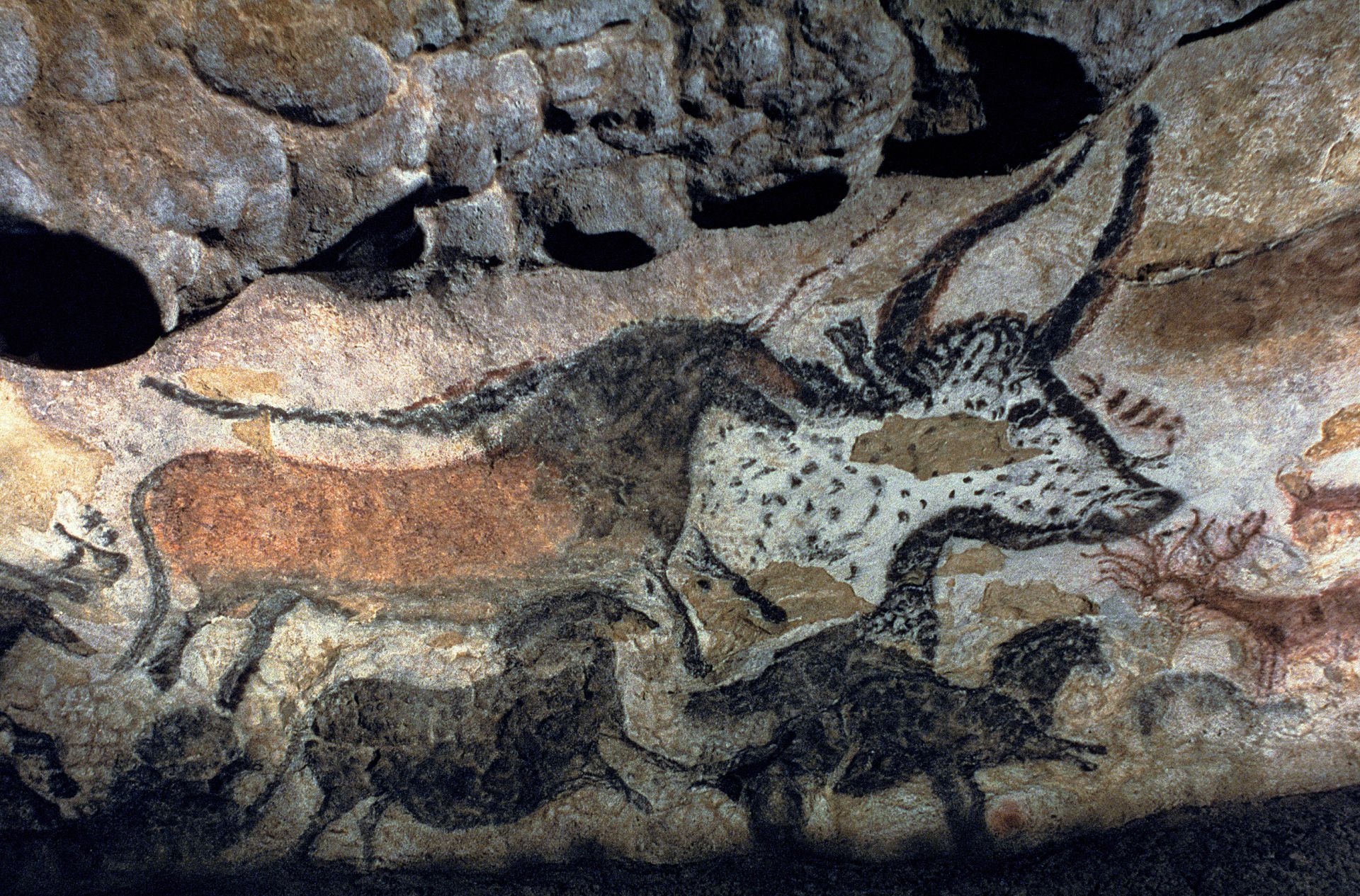
As we moved on through history, images began to develop, as equipment was invented. Still images started to become of flowers, flowers and fruit, breakfast pieces and more. This all came through from the Dutch Republic as they began to rise and create a national identity, they started to trade with the Indians and South Americans and the popularity of paintings grew, this opened up a whole new market. As this trade flung open, it began to introduce Dutch Artists of the 17th century, this is where still images portrayed inanimate objects.


Ambrosius Bosschaert was a Dutch still life painter, born in 1573. He specialised in painting flowers, along with his three other sons. The flowers he painted were symmetrical, with accuracy in the smallest parts of the paintings, sometimes containing symbolic and religious meaning. Bosschaert was one of the first to specialist in still life. A few of his images include.

His images are captivating, in the sense of the precision and the colours he uses are appealing to the human eye. The images showing bloomed flowers, they are at the best of their lives before they die. Bosschaert painted so many different images, but this image stood out to me;
This image holds so much colour and diversity that it catches the human eye, mainly due to the fact of the blue sky background with the multi coloured flowers. Some of the flowers in this image hold a religious value in the christian faith, such as the rose and lily’s in the image. A lily is said to represent the purity and divinity of Jesus, the flower is normally displayed during Easter as lily’s where said to of grew around where Jesus was crucified. It also represent the resurrection as a lily rise from a single bulb which represents Jesus rising from the tomb. Along with the rose representing purity and they are reminders of Jesus’ crucifixion and resurrection. They are used to commemorate important events during Christ’s journey. This meaning that this image may have been painted during the easter time as a memory or to show respect, however in the bottom right corner there is a butterfly. Butterfly’s hold meanings, just like flowers but their meanings stand as the growth and change in life and on earth, that they have a journey of freedom, freedom for their past, they are breathtaking. With all this said the image can have a meaning of growing to your best, as the flowers are drawn at their highest point in their life, from a little bud to a bloomed, colourful flower, just like how the butterfly develops through its life of freedom. It is saying to grow to highest point in life and enjoy it.


